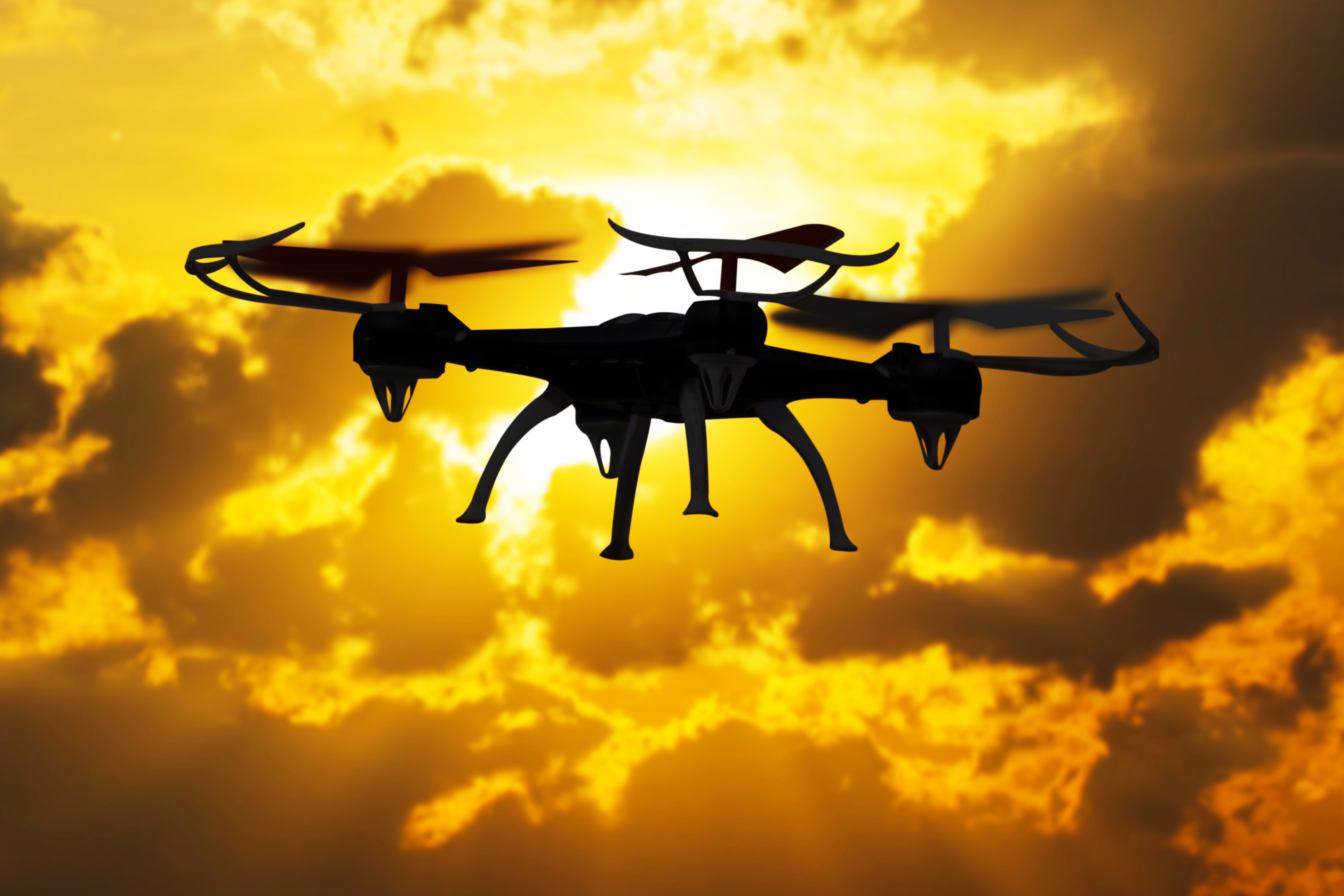Army wants drones to play a role in extending network range
Ground troops have relied on high-performance repeater antennas to extend the range of encrypted radio communications for years, but that’s about to change. While the U.S. Army already uses unmanned aerial vehicles (UAVs) for surveillance- and combat-related tasks, they are now exploring additional military technology use cases for drone technology, such as extending communications networks.
Army officials envision that unmanned aerial systems will eventually play a role in modernizing the network by extending its range.
Recently the 25th Infantry Division, based at Schofield Barracks, HI, conducted an experiment in which they flew a small drone with a radio that allowed the unit to extend the network “significantly farther than they had in the past,” Program Executive Officer for Command, Control and Communications Tactical (PEO C3T) Mark Kitz said in an interview here at Technical Exchange Meeting 11 last week.
“I think in the past, we looked at UAS, rotary wing, fixed wing network extensions as targets of opportunity. If they’re in the network, then the network can use it to extend. I think what’s new now is we’re saying ‘No, network extension is so important that we may need to have a dedicated aerial asset, small form factor, lots of autonomy involved,’ so you’re not necessarily having a pilot fly it,” Kitz said.
The Army has already been experimenting with a variable-height antenna, or tethered drone, as part of its integrated tactical network kit. In October, Defense Scoop reported that the Army was exploring the possibility of using untethered drones to extend the range of the network signal to greater heights.
Col. Shermoan Daiyaan, the project manager for tactical radios within C3T, said in an interview last week that the experiment with the 25th Infantry Division showed the geography in the Indo-Pacific presents unique challenges when it comes to the jungle environment, with its thick canopy.
“It chops up waveforms, right? Limits throughput. But when you get up and out of the canopy, and you get something in the aerial tier, it just extends the range and the throughput significantly,” he said.
Daiyaan said soldiers extended the network by 30 to 40 kilometers during the UAS experiment, which hadn’t been done in the past.
PEO C3T will work with the Future Vertical Lift Cross Functional Team within Army Futures Command, run by Gen. Cain Baker. Together, they plan to pursue an aerial extension of the network and find architecture that can be extended by UAS, Kitz said last week. The Army will continue experimenting with UAS, while also defining the requirement over the next eight months, he added.
“The technology side exists. It’s very functional. How we employ that? . . . Are the signal officers running this UAS? The one we used had a lot of autonomy involved. So, it could stay up there for days,” he said.
Daiyaan said it also must be determined which program office in the Army owns the requirement.
“That requirement to get up in the air, to me it sticks. And we’re going to implement it. And we’re going to work with the future vertical lift and network CFTs in Project Convergence,” he said, referring to next year’s exercise.
This article was from Inside Defense and was legally licensed through the DiveMarketplace by Industry Dive. Please direct all licensing questions to legal@industrydive.com.
![]()

